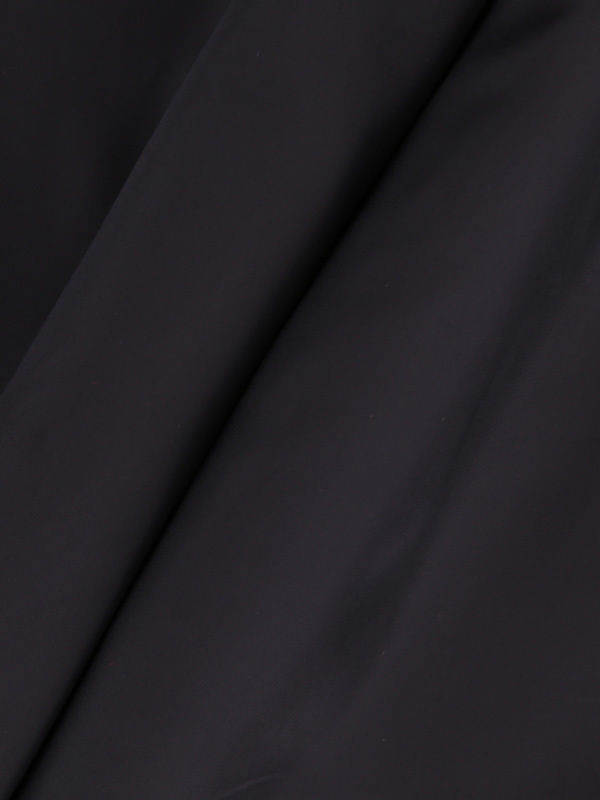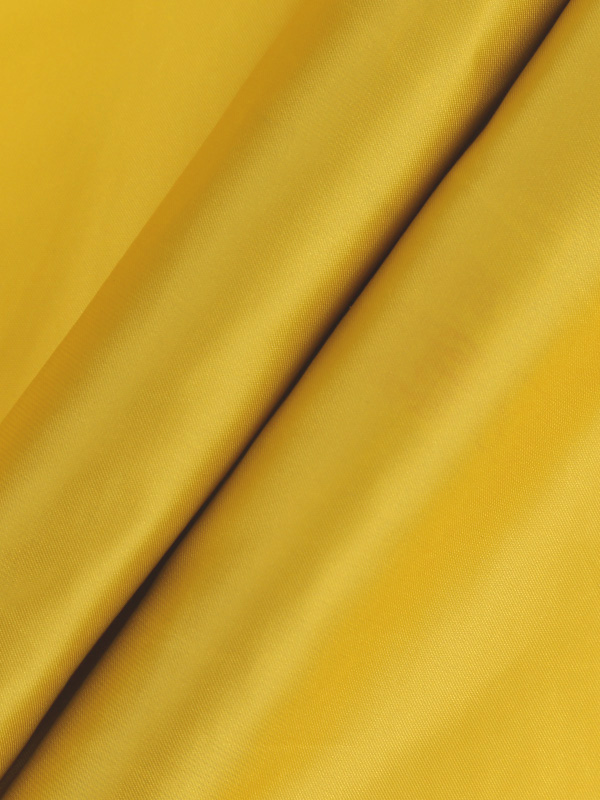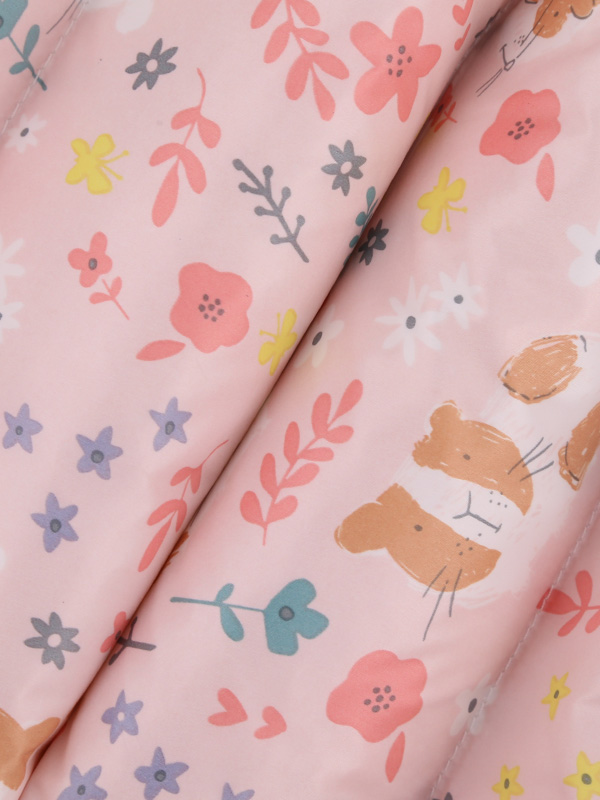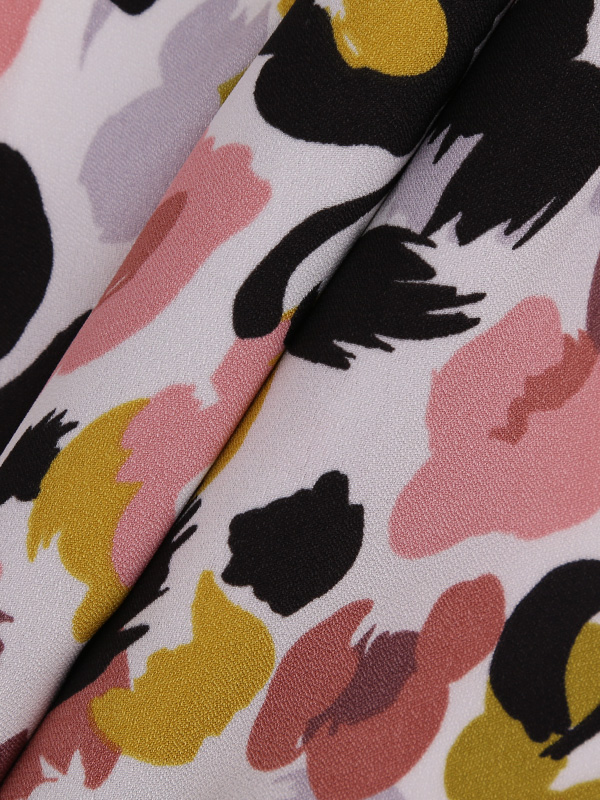A perspective of China-Pakistan textile industry from 4 cuts: competition or complementarity?
Both are big countries in the textile industry. Are China and Pakistan in a competitive or complementary relationship in the textile industry? What are the uses of different textile materials in Pakistan? At the 2020 China National Textile and Apparel Council Autumn Joint Exhibition, a reporter from Economic Daily-China Economic Net interviewed a number of exhibitors who have had business dealings with Pakistan for many years.
Cotton yarn: low count yarn imported from China for denim and high count yarn imported from China
Ke Jiangwei, general manager of Xiamen Naxin Trading Co., Ltd., a trader who has been engaged in the business of importing cotton yarn in China for many years, said in an interview with the reporter from Economic Daily-China Economic Net that Pakistan's roving yarn just made up for China because of the cotton fiber. The cotton spinning mill is a short board for coarse yarns, and the cost performance is very advantageous for us. "The main siro spinning and ring spinning are siro spinning. Siro spinning 6, 7, 8, 10, 12, 16 yarns is very popular in China because it is very suitable for denim."
At the same time, “Pakistan cotton yarns are less like 40, 50, and 60 yarns in China,” said Yang Bin, director of Foshan Zhixing Textile & Garment Co., Ltd. in an interview with a reporter from Economic Daily-China Economic Net.
Zheng Peipei, general manager of Jinhong Chemical Fiber Co., Ltd. of Haian County, said that the company has been cooperating with Pakistan for 15 years. "They mainly purchase some yarn, nylon and polyester. High-count yarn is used for fabrics and socks; fishing thread is exported to Karachi, where they are used as fishing nets; stranded thread is dyed and made into sewing thread, which is sold locally to make shoes and make A factory for luggage and bags.” She said, “We are manufacturers who export directly. The price we give to customers is at least 10 points cheaper, with good quality and stable supply. This is what the Pakistani market needs.”
In order to facilitate the effective connection between domestic and foreign manufacturers, the China Council for the Promotion of International Trade, the organizer of this exhibition, specially set up a "one-on-one" meeting. Chinese exhibitors had face-to-face conversations with many Pakistani buyers. "I just talked to a Pakistani buyer, and he said that their socks are imported from China." Ke Mingyu, director of the Import and Export Department of Shanghai Aigu Textile Co., Ltd., said in an interview with a reporter from Economic Daily-China Economic Net.
Is there any competition between China and Pakistan in the field of socks manufacturing? Ke Mingyu said that China and Pakistan make socks different. "We have a lot of big customers, they buy from us, while purchasing from Pakistan, Pakistan is mainly coarse weaving products, China is mainly chemical fiber."
viscose staple fiber: Pakistan produces about 80%-90% of the world’s production capacity in China
"Our company's main product is viscose staple fiber, with an annual production capacity of 200,000 tons, and exports to Pakistan about 1,000 tons a month. The main products are yarn spun into fabrics. The final products are mostly exported to Europe and the United States. They are also used to make long gowns locally." Xu Leilei, the sales department of Hengtian Hailong (Weifang) New Materials Co., Ltd., said in an interview with a reporter from Economic Daily-China Economic Net.
Then does Pakistan have similar factories? In this regard, Xu Leilei said: “Pakistan currently does not have a viscose factory. China's viscose production capacity has reached 80%-90%, and other countries such as Thailand and Malaysia are relatively small."
Spandex yarn: 70% of production capacity is imported in China and used as stretch denim
"Spandex yarn is a very elastic fiber, elongation can reach more than 400%, rebound can reach more than 90%, mainly used for clothing fabrics, socks, sanitary products, etc.." Zhou Feiyan, marketing manager of Lianyungang Duzhong Xinaoshen Spandex Co., Ltd. In an interview with a reporter from Economic Daily-China Economic Net, “The global spandex production capacity is about 1 million tons, 70% of the production capacity is concentrated in China, 70% of the market is also in China. Overseas markets such as South Asia, Europe and South America’s textile industry Developed countries will use spandex, but they are basically imported. Our annual export value is about 4 million US dollars."
When talking about cooperation with Pakistan, Zhou Feiyan said: “It is complementary to Pakistan, because Pakistan does not have a spandex manufacturer. It mainly imports from China, but also imports some from Vietnam and Turkey. Pakistan is a denim-based market. Spandex yarn will be made into core-spun yarn through the process of covering yarn, and then woven into denim, which requires high elasticity and resilience of spandex. Chinese products are not only cost-effective, but high resilience can satisfy Pakistan's denim The performance requirements of spandex fabric. We will export about 20 tons to Pakistan every month."
Zhou Feiyan is optimistic about the prospects of the Pakistan market. "Because the application of spandex in the Pakistan market is relatively high-end, and it is in a steady upward trend, customers are relatively loyal and more suitable for our products. At present, there are more dyeable spandex, high resilience spandex and high temperature spandex exported to Pakistan. Antibacterial spandex, antiviral spandex, mosquito repellent spandex, and traditional Chinese medicine health spandex may gradually be accepted by them."
Talking about the cooperation experience with Pakistan Railway, Zhou Feiyan said that although the content of spandex yarn in the fabric is not high, only 5%-10%, it has a great value after production. So building trust is very important. "In fact, once a Pakistani customer decides that a product will not be easily changed. After the epidemic, we have plans to visit the Pakistani market."
Polyester: The amount of investment in production equipment is less than that of similar manufacturers
Fujian Jinxing Group salesman Shi Qiwen said that there are relatively few local manufacturers in Pakistan in the field of polyester production. "The threshold is relatively high, basically with a production capacity of 1 million tons and 500,000 tons or more, and the equipment investment basically requires several hundred million."
Shi Qiwen said: "Now the textile industry is more concentrated in developing countries, such as Pakistan, India, Bangladesh, Vietnam and other places. So there will be more exports to these countries. Before 2015, there will be a Pakistani market, and the main export product is polyester long Silk and polyester chips are about 1,000 tons a month."


 English
English Chinese
Chinese



